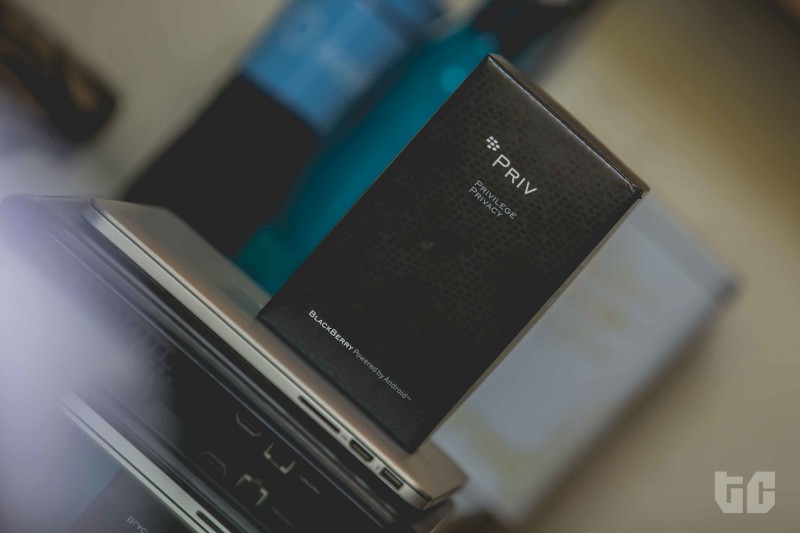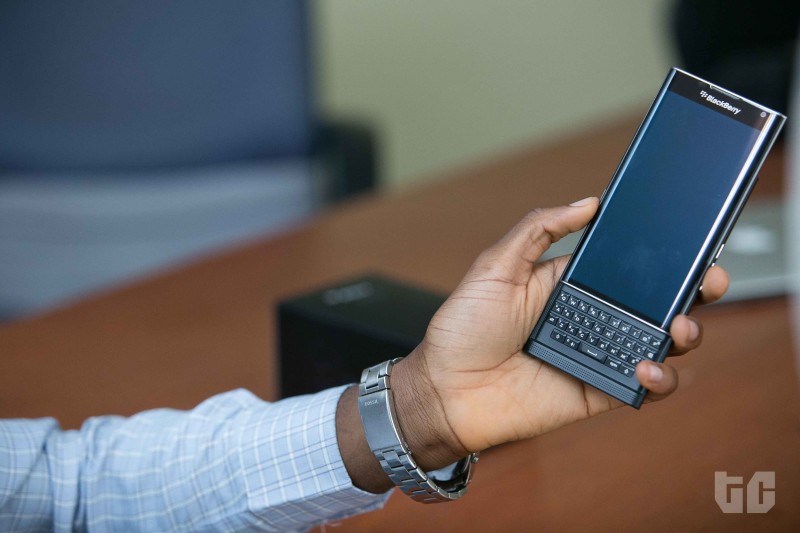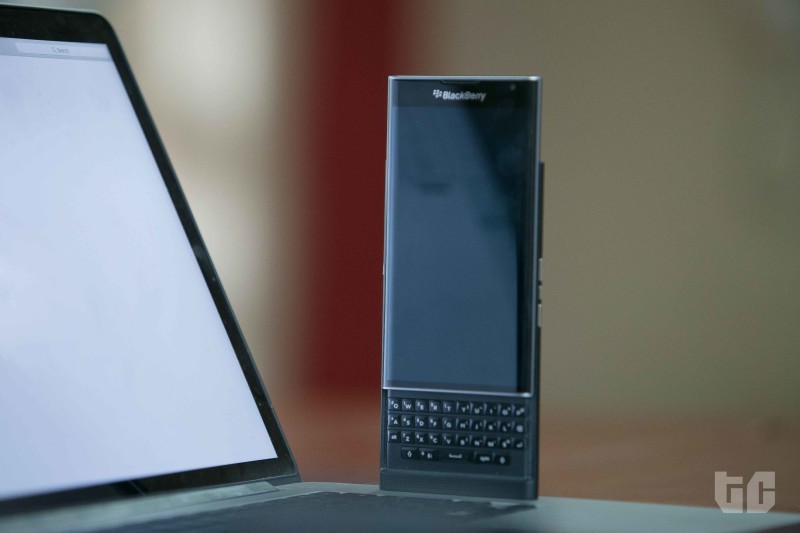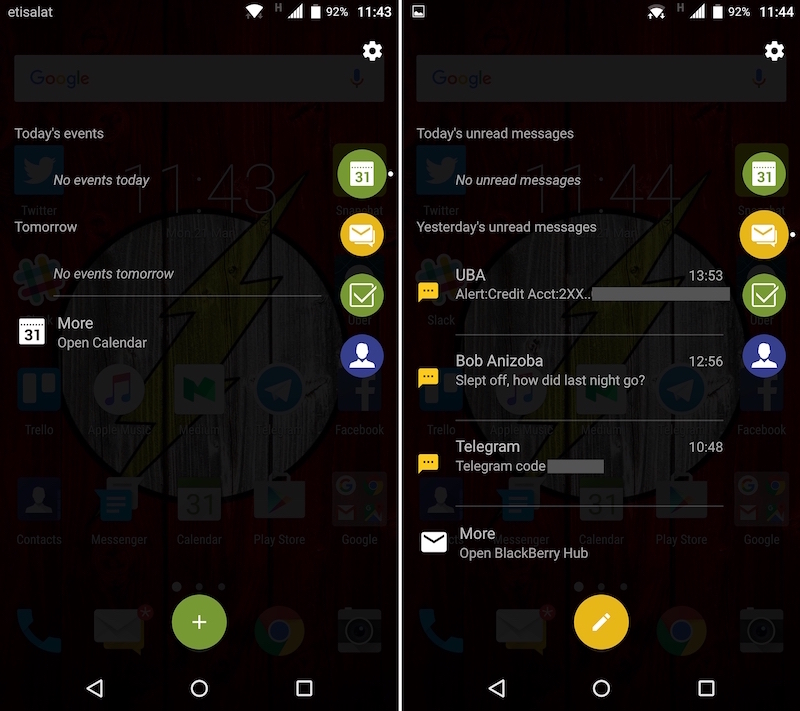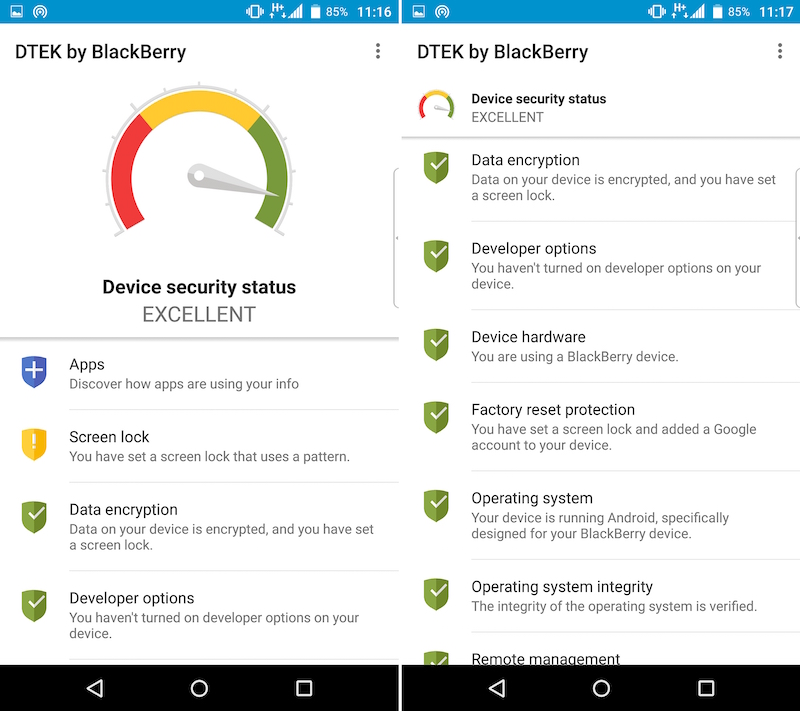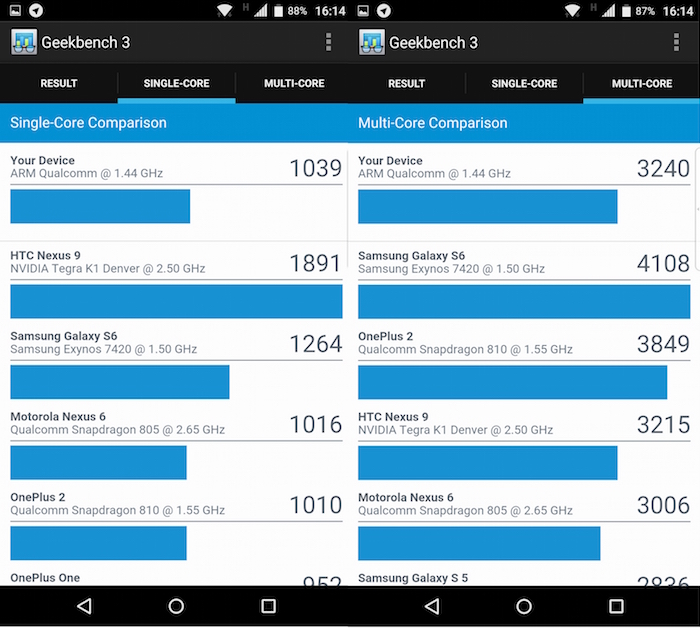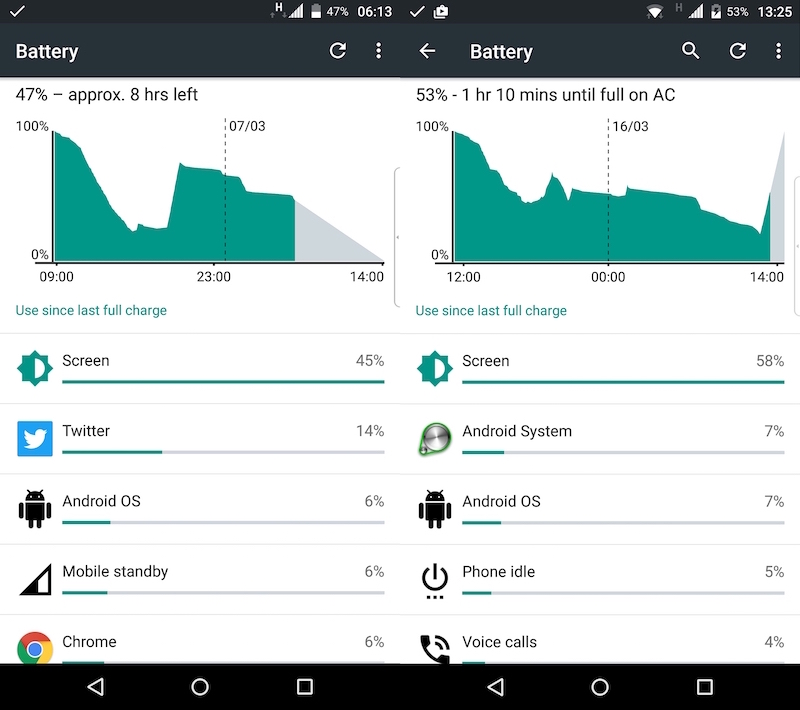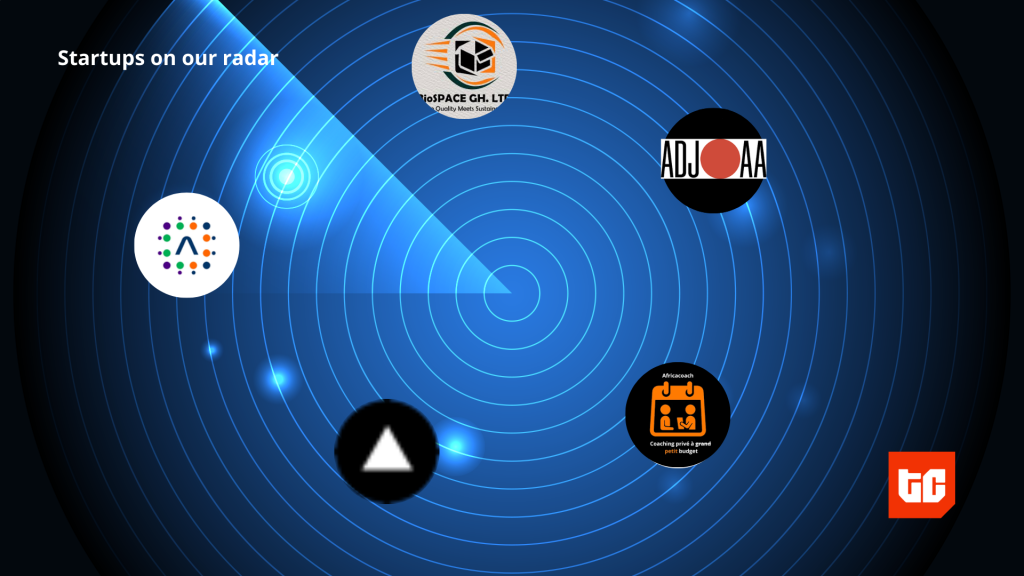Today, it’s hard to imagine a world where the words Apple and Android only refer to a pomaceous fruit, and a human-esque robot. Yet, this is what the mobile tech scene looked like to most people only 7 years ago. Since then, in what I like to call the Android Armageddon, the industry titans of yesteryear – Nokia and Blackberry – were ousted from their positions at the top of the mobile food chain.
This happened first, not only because they didn’t quickly ride the multi-touch wave that Apple kickstarted with the first iPhone in 2007, but also because end users started buying their own smartphones. This move affected Blackberry in particular, who made the bulk of their buck from selling “enterprise” devices to large corporations, backed by the powerful Blackberry Enterprise Server.
But Android and iOS devices didn’t stay restricted to the consumer market. They began to infiltrate the enterprise space too – effectively blurring the lines between work and play. Add the fact that Android is free and it means that practically every mobile OEM in the world began to adopt Google’s new OS and somehow, we ended up here:
An accurate pie chart representing @BlackBerry’s current market share: pic.twitter.com/o9hGcwaVqn
— ᴺᴼᵀ Jony Ive (@JonyIveParody) February 18, 2016
I’m reminded of the Battle of Thermopylae (uh, yes – the one most of you refer to as “the final battle in the movie, 300”), and the way I see it, Blackberry is King Leonidas, and his 300 Spartans, and Appdroid (Apple + Android) is King Xerxes, and his Persian horde.
The PRIV is a last-ditch attempt by Blackberry (FKA RIM) to claw back some market share for itself, in the midst of an increasingly binary smartphone space. Its strategy involves an alliance with one of its adversaries – Android, but if the Canadian-born company can’t push 5 million units of the PRIV this year, then it will mean the end of consumer-gadget-Blackberry as we know it. The company will abandon retail and continue to provide software services for businesses and government.
“If they can’t push 5 million units this year, then it will mean the end of consumer-gadget Blackberry as we know it.”
Now that we’re on the same page, it’s not hard to see why they went to great lengths to make this a better phone than anything on the market. Combining the ubiquity and rich app ecosystem of the Android platform with the virtually impregnable fortress that Blackberry has come to be known for.
Did they succeed? Will this translate to a victory for Blackberry in Smartphone-pylae?
Let’s dive right in, and find out.
(‘-’ )( ._.)
(is it just me, or am I making a lot of battle references?)
Design/Hardware
Smell me?
When the PRIV came in the door, I was a bit taken aback. It came in a matte-black box, oddly reminiscent of a perfume case, but maybe that’s just me…
I like the way the pack makes it look like it holds a bottle of perfume. https://t.co/j0RanbgQoB
— hAbEeB (@habeebpain) March 3, 2016
…apparently not.
What’s in the box?
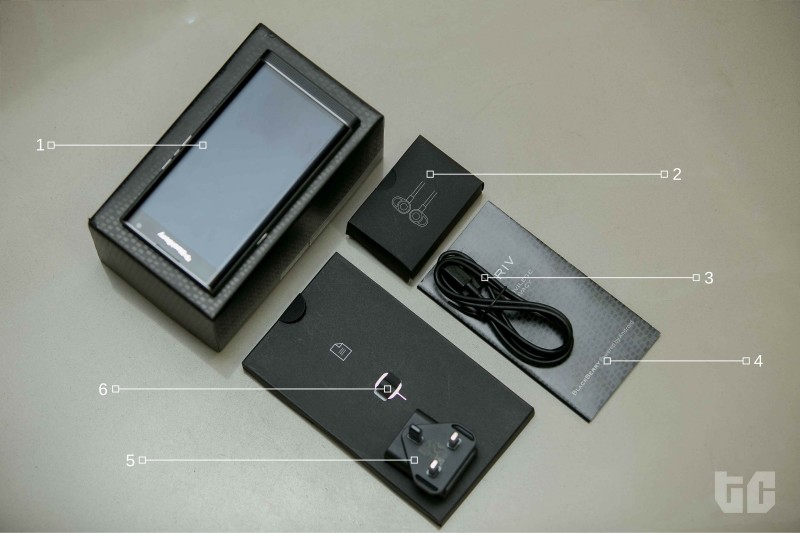
1. Well, the PRIV (obviously)
2. Earbuds
3. Micro USB cable
4. Owner’s manual
5. Electric plug
6. Pin for SIM tray
I can tell that very few people will be indifferent to the fact that the screen slides up to reveal a physical keyboard. Some will hate it, and others will fall in love instantly.
Holy shit. Someone really made a phone with a physical keyboard in 2016. The form factor is not new though – it sort of reminds me of the Dell Venue Pro (let’s hope it doesn’t suffer the same fate as that one did). The keyboard feels well thought out, because even when I typed really fast, I did not get any of the choppiness that characterised Blackberry phones of yesteryear. Even better: the weight of the phone is still evenly distributed when it’s slid open.
Some will think it’s outdated, and it’s easy to see why – no one actually uses physical keypads anymore – but this is no ordinary keypad.
Look at the touch-sensitive keypad on the @Blackberry PRIV. My full review will go live in a few hours on @TechCabal pic.twitter.com/dUjww9bMNx
— osarumen (@skweird) March 22, 2016
Yes, you saw that right. It’s touch-sensitive, so you can scroll, swipe up to enter predicted words, or long-press to quickly launch apps. A good example of that last one is when I long-press ‘U’ to start the Uber app. Pretty nifty, if you ask me. It took a while to get used to the text prediction thing though, but once I got the hang of it, I relied on it for most of my typing. It helps that it started learning the word sequences I use most frequently. By the way, I typed most of this review on the phone.
The PRIV comes with a 5.4-inch AMOLED display with curved edges, so this puts it in the same bracket as the iPhone 6/6S+, the Samsung S6 Edge+ and the Nexus 6P. I think the display looked great. It’s around the same resolution as my Macbook Pro with Retina Display (WTF?) at 2560×1440, and it has a pixel density of 540 ppi. Overkill? Possibly, but then again, it’s not the most insane out there.
Asides from the curved display, everything else looks pretty…serious. Military, almost. I’m guessing this is where Blackberry fleshed out most of their signature design language.
Software
Chirp, Chirp go the bugs.
Can I just say that I like the home screen a lot? Especially those nifty little shortcuts to tasks like composing a message/email, adding a contact, checking data usage, etc. There’s also a nice little panel that slides in from right side of the curved screen. It lets you see your calendar, messages, to-do list and favorite contacts. Nice feature to have, but I did not use it more than twice in the 2 weeks I spent testing this device. I think there are much better ways to manage your messages than a slide-in panel.
Which brings me to the Blackberry Hub. In theory, it’s a brilliant idea: instead of having to open multiple apps to manage your different incoming signals, you can manage them all inside one location. You can filter them, snooze them (until a certain time, or when you get to a certain location), type really quick replies, etc. The problem is that it’s executed rather poorly and my biggest gripe is how slow it gets.
On many occasions, the notification from the Gmail app has already come in, and I’ve finished digesting the information and even typing a quick reply before the Hub finally chimes to alert me to the incoming message. That snag has taken what’s supposed to be a clever feature and turned it into an endless cycle of double notifications for everything. Ugh.
There is no gallery app. Nope. You’ll have to use Google Photos (which I’m not sure I like) or download one from the Play Store. It’s not a problem, but it just strikes me as a little weird. I’m not sure why I have to download dodgy apps from the store, which may be doing a lot more than they claim to do with the data on my phone.
This brings me to DTEK. For a second there, I considered devoting an entire section of this review to this beautiful piece of software. DTEK monitors all the apps on your phone and condenses all that information into an easy-to-understand security audit. You can then take this information and identify which apps are asking for which permissions, and grant only what you wish.
So a screen recording app for example, that wants permissions to access your contact list probably has unsavoury intentions, and you can nip it in the bud. If you look at it this way, it’s easy to see why the phone was christened PRIV. Privacy and security are obviously high in the pecking order here.
And speaking of security…
The new @BlackBerry Priv is so fucking secure that even the latest version of Android hasn’t gotten inside it yet. 😱
— ᴺᴼᵀ Jony Ive (@JonyIveParody) November 7, 2015
I’m not sure why a device that was released in November 2015 – 5 months after Android 6.0 was released – is still running Android 5.1.1. Even worse, now that Android N (Nutella, hopefully) has been announced. Beats me. I guess it really shouldn’t matter that much, but the bleeding edge geek inside me cannot bear the thought that I’m not using the latest version of whatever operating system – no matter how well it performs.
Performance
How do you like your eggs?
I like mine shallow-fried in butter, with diced beef, onions, rosemary leaves and thyme. The PRIV would have been very helpful in this regard, if I decided to pour vegetable oil over it’s N220,000 chassis. Welp.
Translation: It handled all the tasks I threw at it, right until it didn’t. And when it didn’t, it got pretty HOT and unresponsive. In that sense, I think the PRIV proved itself a Blackberry indeed.
Asides from that little snag, it ran like a true flagship. The Qualcomm Snapdragon 808 processor and Adreno 418 GPU aren’t the latest or greatest on the market, but they did really well when I put them through the usual tests. PRIV powered through Subway Surfer, Asphalt 8, Mortal Kombat X, and all the intense multitasking I dragged it through.
Here’s me playing Asphalt 8 on the PRIV.
This is what Asphalt 8 looks like on the Blackberry PRIV. Full review out soon. | Gameplay & Video by @SkweiRdhttps://t.co/mAY6Wfq901
— TechCabal👨🏾🚀 (@TechCabal) March 18, 2016
If you watched the video above, you’ll have seen that it ran pretty smoothly (plus, I’m a pretty awesome gamer (._. ). I did not have to close any apps to run Asphalt 8, and even resource-hungry apps like the screen recorder didn’t do more than cause the phone to heat up. And heat up it did.
Finally, I downloaded Geekbench 3, to see how it fared compared to other phones in the same category, and I had some pretty…interesting results.
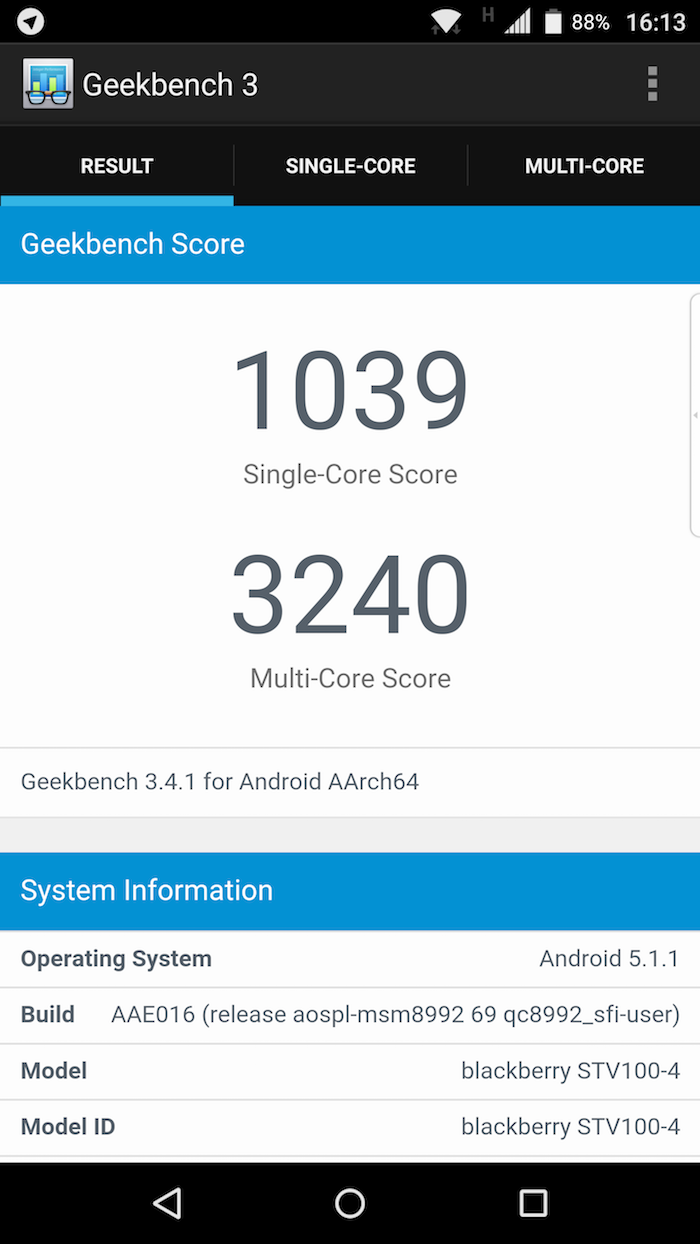
The PRIV got a single-core score of 1039, and a multi-core score of 3240. Performance-wise, this puts it in the same range as the Motorola Nexus 6, the HTC Nexus 9 & the OnePlus 2. This makes me wonder about value for money, since it’s priced at $699 (N220,000 at today’s FX rate). It costs around the same as an iPhone 6S Plus which did 2485 single-core and 4341 multi-core.
Try as I might though, I could not get the phone to run out of memory. The 3GB of RAM Blackberry included proved more than enough for most use cases. I think this is a good sign because it’s no secret that Android phones aren’t the greatest multitaskers on earth.
‘Nuff said.
Camera
The specsheet says that the PRIV comes with an 18MP rear facing camera. This thing has Optical Image Stabilisation and records 4K video at 30 frames per second and 1080p video at 60 frames per second. Translation: it’s pretty darn good. My only peeve was that it was really, really slow. Sometimes, it took up to 3-4 seconds to capture the shot after pressing the shutter button. Not exactly the best experience for the Snapchat generation – users who want to quickly capture moments in their lives and share them with their friends.
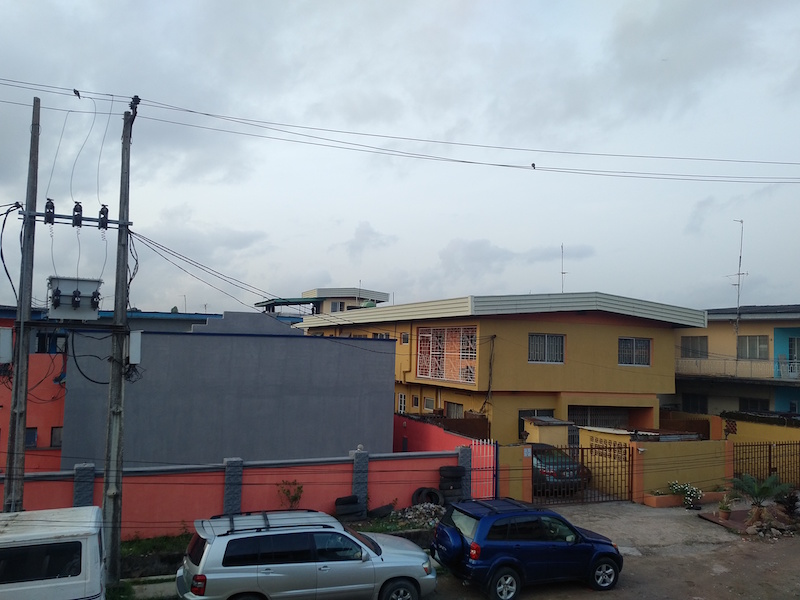
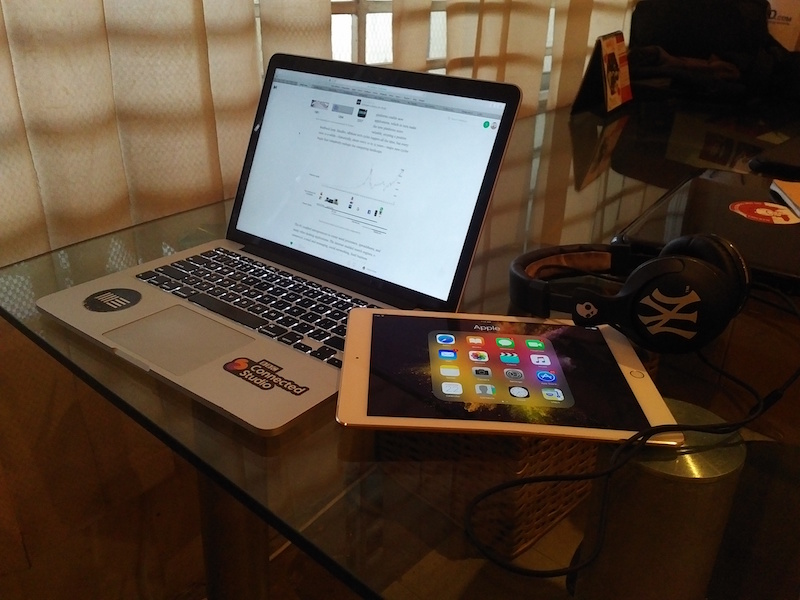
The front-facing camera is a 2MP shooter. It records 720p video, and has 2x digital zoom. Looks pretty decent, too. The images were not underexposed – a bug I’ve noticed with many Android phone cameras. I must confess though, it has the same Snapchat sickness that most android smartphone cameras have, and it wasn’t great in low light conditions.
The camera app itself is pretty straightforward to use. I have to add though, that it allows near-granular control over the outcome of the images. If I didn’t know any better, I’d say it offers as much control as a DSLR. I like the Live Filters feature too; it’s used to preview what different filters will look like, before you take the picture.
Battery
Bigger batteries do not necessarily mean better battery life.
There was a ton of fanfare about the PRIV’s 3410 mAh juice pack. I know I talked a lot about how good the device looked on paper. Blackberry promised us 22.5 hours of mixed use, but it was only able to get me through around half of that. 12 hours at best, and most of the time, I wasn’t doing anything excessive.
From the screenshots above, it’s pretty obvious that the biggest drain on the battery is the screen. I think it looks brilliant. I’m just not sure whether I’m willing to trade battery life for a better screen (especially since I hate the idea of carrying a powerbank around). Still, it lasted as long as most devices would have, plus it supports quick charging. Everything’s alright with the world, right?
NO.
Someone somewhere thought it was a good idea to enable quick-charging on a phone, and then proceed to not include a compatible charger. To take advantage of Qualcomm Quick Charge 2.0, you need at least a 9V, 2A current, but the included charger charges at 1.3A and 5 volts. Err…Brilliant. So, if you want your new PRIV to charge any faster than congo meat, you will have to buy a 3rd- party charger.
On the bright side, there’s a really pretty indicator to show you just how long you’ll have to wait for the phone to recharge itself.
One of my favorite things about the @Blackberry PRIV so far, is this charging indicator. Gimmicky, but I love it. pic.twitter.com/3kf8GtHyKo
— osarumen (@skweird) March 4, 2016
Audio
Front-facing speakers for the win.
The PRIV has a stereo speaker on the front end, right under the screen and it sounded pretty good. A bit light on the bass, but it works for most of the songs I tested it with. I love the idea of having front-facing speakers. I enjoyed gaming and watching videos on the PRIV a lot because I didn’t have to worry about my hands covering the speakers like on the iPhone and its many clones.
I mean, you aren’t going to hold any house parties with it, but it’s fine for most use cases. I should probably also note that the sound design on the software side of things is top notch.
Verdict
I like the PRIV. Or at least I wanted to. It’s chock-full of some darn good ideas like the Hub and DTEK and the touch-sensitive physical keyboard, but I’m just not sure that all those things justify a $700 price tag. At that price point, I can get many other more…exciting options. My guess is that when the market corrects itself, and the PRIV drops to a more reasonable price, then sales numbers will shoot up. The only question now is whether that will happen before time runs out for Blackberry Inc.
Tick-tock. 5 million a year looks a tall order. Fingers crossed.






